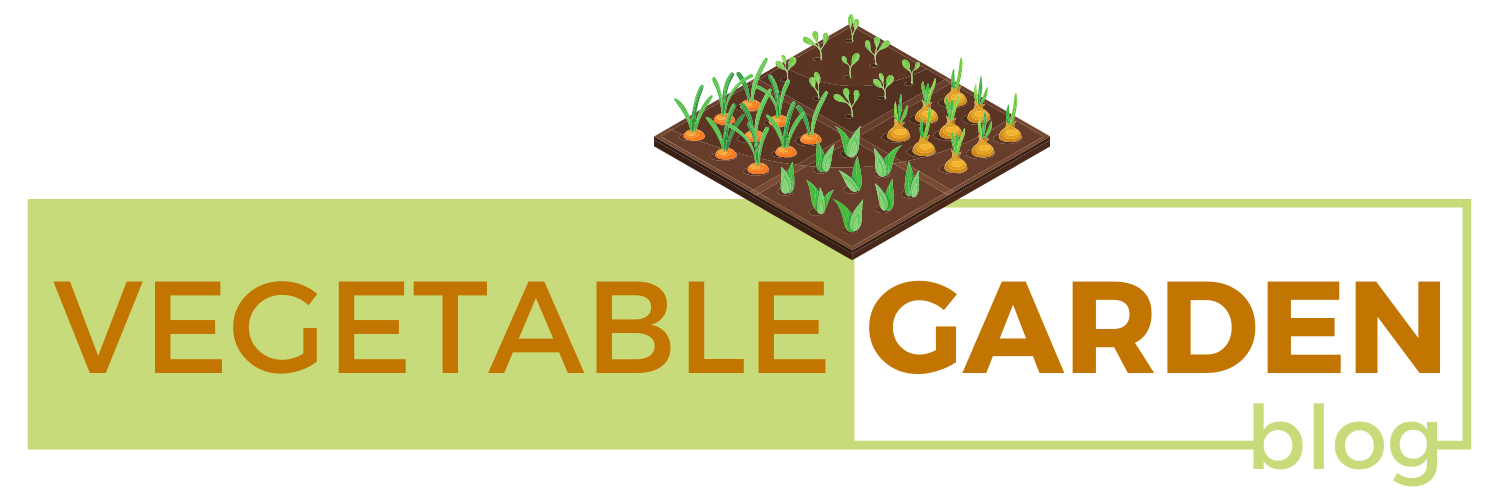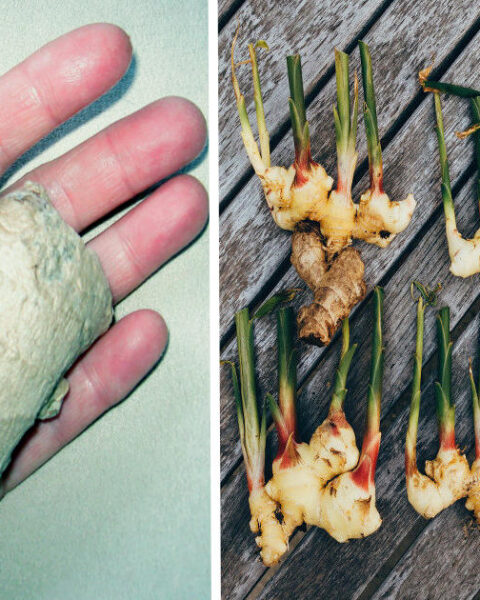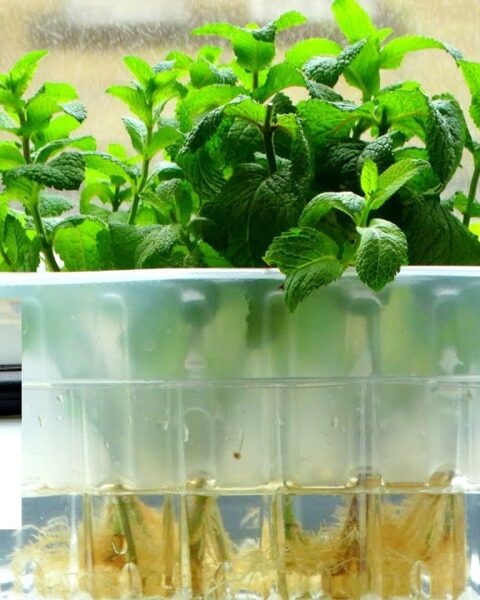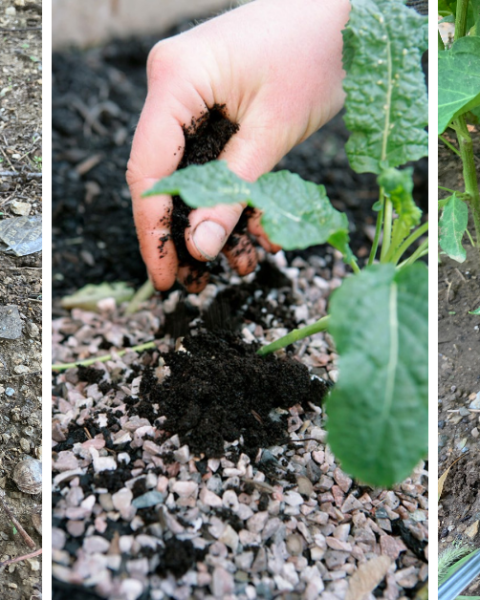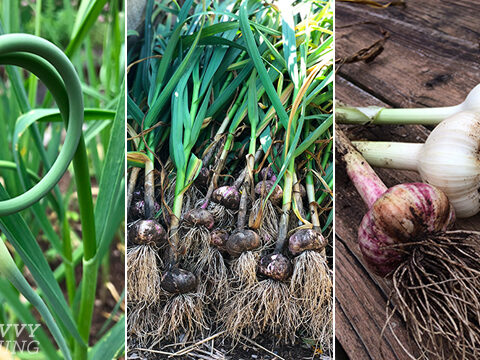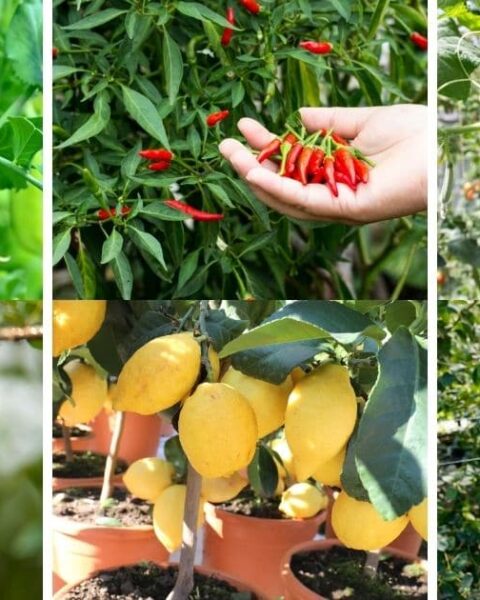Compost is one of the coolest things I’ve ever seen. You mix up handfuls from your kitchen with tiny microbes that live in air and dried scraps left over after you cut down a tree or rake leaves, then wait for it to decompose into black gold! Bananas are also amazing because they can be composted even if there’s mold on them–just don’t put any vegetables in the pile as those need more care when being turned.
Compost always amazes me; just think about all the wonderful stuff we could do without throwing away otherwise-perfect food items like bananas peels!

When I see that the banana peel has gone brown, I know it’s time to get creative. Instead of just tossing them in the trash and letting them rot away with other food scraps, they are a great fertilizer for plants!
Banana peels can be garden gold mines. After reading this article, you’ll never want to throw another banana peel away again!
What’s the deal with banana peel fertilizer?
Nearly every gardener knows the macronutrient trio – nitrogen, phosphorus, and potassium. These three nutrients are so essential to plant growth and health that they’re what commercial fertilizers list on their packaging labels as fertilizer grade.
Of course each plant has different nutrient needs depending on its size or species but you might be surprised how many of them do exceptionally well when fed banana peel fertilizer!
Why? Because banana peels are one of the richest sources of organic potassium out there.
Did you know that potassium is literally the boss of a plant’s life cycle? It manages all of its chemical and metabolic processes, like moving nutrients from cell to cell so it can grow big blooms or tasty fruit. You need your plants to be healthy if they’re going to look good for any occasion – get them some potassium in their fertilizer!
How does a banana peel work as fertilizer? Banana peels are rich in potassium, calcium, magnesium, and sulfur. These minerals play an important role in maintaining plant health by regulating water flow among cells or generating chlorophyll for photosynthesis. If you’re also looking to fertilize plants with low-nitrogen requirements such as tomatoes and peppers then the beneficial nutrients of this organic waste product will be perfect for your garden!
Banana peel fertilizer is just one more way that these healthy fruits can benefit us all year round because they’re not only good enough to eat but they have some amazing secrets lurking behind their tough exterior too!
The banana plant is helpful in more ways than one. It not only provides an excellent source of potassium, but it increases the absorption rate for nitrogen as well!
The banana peel helps plants absorb nutrients that are essential to their growth like calcium and magnesium which can be found in good amounts on the inside of a peeled fruit.
How to Make Banana Peel Fertilizer

Brewing a batch of banana peel fertilizer is super easy.
You’ll need:
- Banana peels
- One-quart mason jar
- Mason jar lid
- Distilled water
Instructions:
- Add a banana peel to a clean jar.
- Fill the jar with water and put the lid on it.
- Let the concoction sit for a week to two weeks, then remove and discard the banana peel.
- Dilute the finished fertilizer with water in a 1:4 ratio.
- Enjoy happy plants and bigger yields.
Double Up
The recipe is simple and can easily be doubled, tripled or more if you just want more! Just add more banana peels in a larger container.
How to Use Banana Peel Fertilizer

If you want to grow your plants healthy and vigorous, then feed them with a banana peel fertilizer once every week. The best time to do this is at the beginning of the growing season so that they get enough nutrients from it throughout their life cycle.
Eggplant grown in containers are especially hard pressed as soil can quickly wash away its nutrient content – bananas help maintain my eggplants’ happiness and productivity all year long!
Vegetables and flowers will benefit from the fertilizer made with banana peels. Tomatoes, summer squash, cucumbers, eggplants as well as roses can all be fed using this method to produce a more lush garden of plants that look better than ever before!
Potassium Deficiency in the Garden
If you see these signs, it’s time to fertilize your plants with a boost of potassium:
- The first sign of potassium deficiency is easy to spot – leaves on the bottom half of your plant will turn yellow
- Underdeveloped root system
- Your plant’s growth may slow or stop completely
- A plant lacking in potassium won’t bounce back well during a drought
- You may find that the vegetables produced aren’t ripening evenly
More Banana Peel Uses In The Garden
Bananas are the best fruit, and they’re also a garden’s lucky charm. Not only can banana peels make for excellent fertilizer, but these everyday kitchen scraps have other uses that will leave your plants ecstatic! Here are some of my favorite ways to put this amazing plant food in action:
1. Bug Buster

Banana peels and apple cider vinegar work wonders around the garden to keep pesky bugs away. To make a bug trap, pour some diluted banana peel fertilizer into an old jar with chopped up bits of peeled bananas inside. Place a funnel in the opening so when ants or other pests enter they cannot get out again!
After 48 hours, discard it and start over with another fresh batch that will last for two weeks max before you need to replace it again.
2. Plant a Peel
Don’t forget to feed your tomato plants with a nutrient-rich snack! Place the banana peel in each hole as you transplant tomatoes and other potassium-loving plants. The soft, peeling part of the banana will break down quickly when it’s close to soil and provide much needed nutrients for strong plant growth.
3. Give Seeds a Head Start

Planting seeds in banana peels is a great way to give them an extra boost when they germinate. Simply pop the seed into a hole cut through the peel and insert it deep enough for just its top to be visible above ground. Now cover with soil, water well, and wait!
4. Banana Peel Powder

Place some of your used banana peels on the lowest setting in your oven. Place them on a baking sheet, so they don’t touch each other while cooking and make it easier to separate when done. I cut mine into 1″ pieces first which makes it easy for me break apart once finished cooking! You can also leave banana peels out with nothing more than sunlight shining down onto them for about 3 days or less if you prefer quicker results.
Put some time and energy into your garden today by crushing dried banana peels to a fine powder using the mortar and pestle or an old coffee grinder. Place them in clear jars with labels (like, “Bananas for Fertilizer”) that you can store out of sight until needed. Next, gently loosen up soil around where each plant is rooted before sprinkling one or two tablespoons over its surface while watering thoroughly afterwards. Let nature take care of this work from here!
5. Chopped Banana Peel Mulch

For your plant’s health, you should add a little banana peel to the pot. It doesn’t get much easier than that! The peels will break down and release nutrients in the soil where they’re needed most for healthy plants.
6. Banana Peel Vinegar for Acid-Loving Plants

When you’re composting in a wetter climate and are looking for natural ways to recycle your fruit peels, don’t forget the acidic vinegar-like mixture that fermenting will produce. Acid is hard on plants like blueberries and hydrangeas, so they should have no problem with this type of fertilizer rather than common banana peel fertilizers.
- Finely chop a banana peel and add it to a mason jar.
- Pour in enough water to cover the peels, plus an inch.
- Cover the jar with a doubled-up layer of cheesecloth. Put the jar somewhere warm for a week.
- Remove the peels after a week and recover the jar with the cheesecloth. Let the vinegar continue to ferment for another month.
- Dilute the finished vinegar 1:1 with water and feed to plants that require acidic soil once every other week.
7. Winter Soil Booster
Once the growing season is finished, till or dig under banana peels throughout your garden. The nutrients from these peels will break down during the winter months and replenish your soil with valuable nutrition for you to grow some of life’s tastiest fruits in early spring! If you don’t have a large enough yard, request that local smoothie places save their banana peelings – it’s easy on them because they are usually getting rid of waste anyways.
8. If All Else Fails – Compost Them

Compost is the perfect place for your banana peels. Unlike most kitchen scraps, which take a long time to break down in compost bins, banana peels will decompose quickly and make their way into new soil with healthy nutrients that plants need!
Banana Peel Tips
Bananas are delicious, but their peels can also be used for more than just composting. Did you know that it’s better to use banana peel fertilizer or powder instead of putting the whole fruit on your plants? If bananas aren’t really your thing, though, there are a few options available in town: ask at smoothie stands if they have any overripe fruits and save them for later; or check with grocery stores about buying some expired produce before it goes bad.


